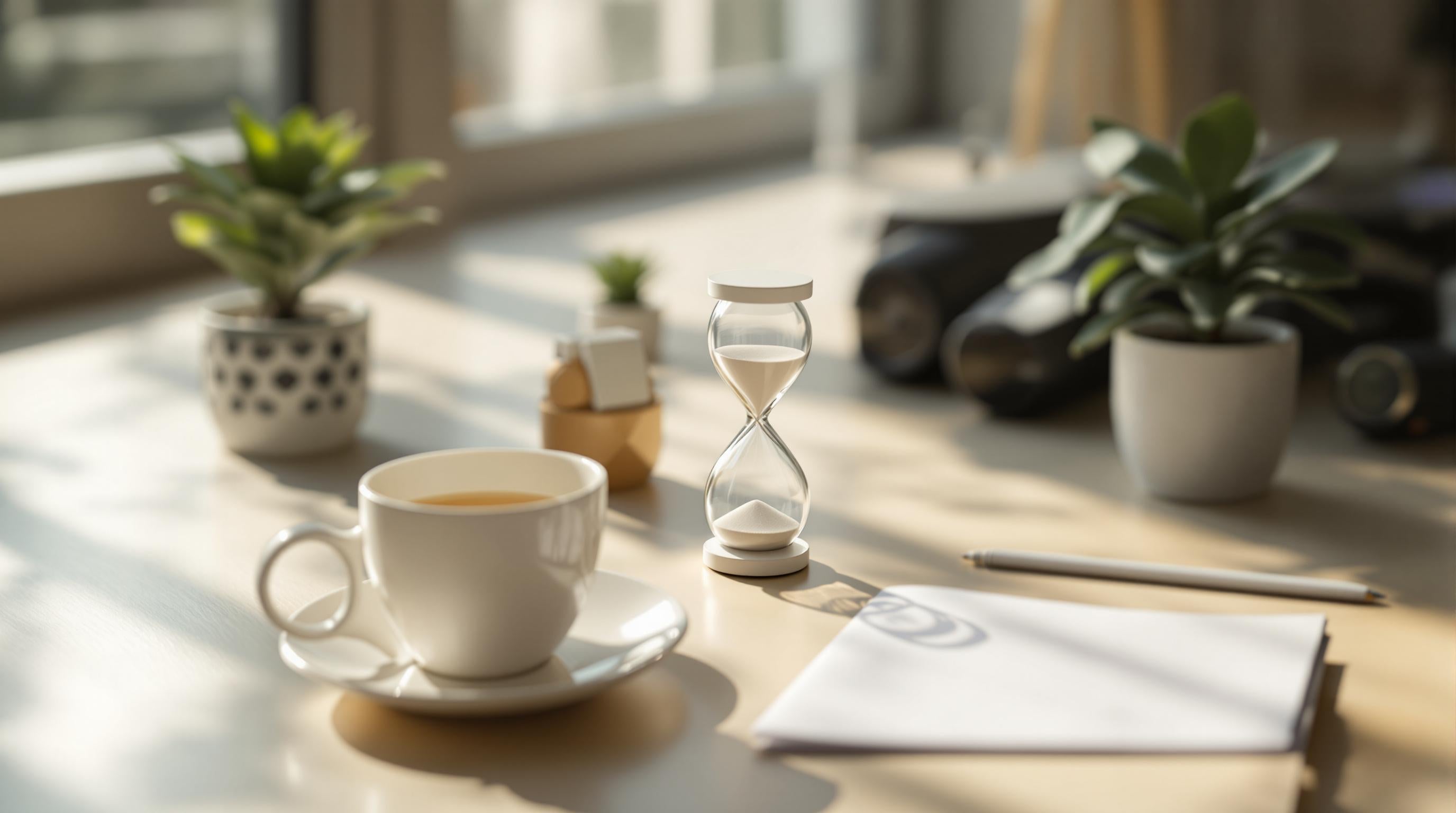For decades, fitness enthusiasts have been told to chug a protein shake within minutes of finishing a workout. But what if the true key to unlocking muscle growth isn’t just about the post-exercise rush—or even the total grams consumed? Emerging research suggests your body’s internal clock might hold the secret to optimizing protein’s power.
The Science of Protein Timing
The classic "anabolic window" theory argues that consuming protein within 45–60 minutes post-exercise maximizes muscle repair and growth[2][4]. Studies show immediate post-workout protein intake can triple muscle protein synthesis compared to delayed consumption[1]. However, newer findings reveal this window may be wider than once thought. One trial found that even large protein doses (up to 100 grams) continue stimulating muscle synthesis for 12 hours, challenging the "now or never" mindset[5].
This doesn’t mean timing is irrelevant—it just might operate on a larger scale.
Circadian Rhythms and Nutrient Absorption
Your body’s circadian rhythm governs everything from hormone release to metabolic efficiency. Research hints that protein utilization fluctuates with these natural cycles. For example:
- Muscle protein synthesis rates peak in the afternoon and dip at night[3].
- Evening resistance training paired with protein intake may lead to greater hypertrophy compared to morning sessions.
- Spreading protein intake across daytime meals aligns better with your body’s anabolic "prime time" than loading it all post-workout.
Practical Strategies for the Golden Hour
- Sync protein with sunlight: Aim for 20–40 grams of protein at breakfast to jumpstart muscle synthesis after overnight fasting.
- Post-workout patience: While immediate shakes aren’t mandatory, consuming protein within 2–3 hours of exercise remains beneficial[4][5].
- Evening edge case: If training late, opt for slower-digesting proteins (e.g., casein) to sustain amino acid delivery overnight.
Beyond the Shaker Bottle
Just as red light therapy uses timed exposure to optimize cellular repair, aligning protein intake with your body’s rhythms creates synergy. Think of it as "chrono-nutrition"—working with your biology, not against it.
The Bottom Line
Total protein intake still matters, but precision timing could be the multiplier effect your routine needs. Instead of obsessing over the clock, focus on consistent, rhythm-aware distribution. Your muscles (and schedule) will thank you.
Thanks for Reading!
We hope you enjoyed this article. Interested in enhancing your wellness journey? Check out our Red Light Therapy Products to see how we can support your goals!
Dive in Deeper
Here are all the resources mentioned:
- [1] https://pmc.ncbi.nlm.nih.gov/articles/PMC3577439/
- [2] https://pmc.ncbi.nlm.nih.gov/articles/PMC5214805/
- [3] https://lewis.gsu.edu/2021/10/13/fact-or-fiction-the-anabolic-window/
- [4] https://www.menshealth.com/nutrition/a19519933/post-workout-shakes/
- [5] https://www.trailrunnermag.com/nutrition/a-new-study-challenges-conventional-wisdom-on-protein-consumption/



